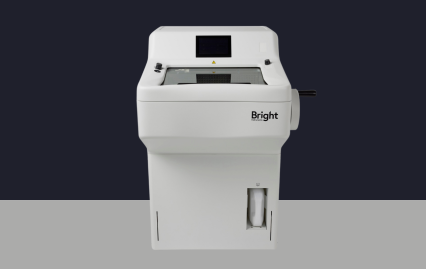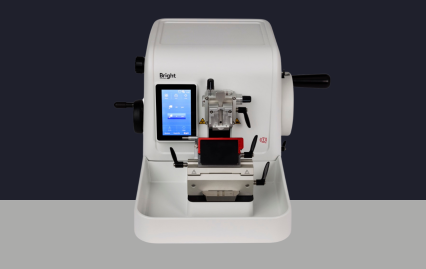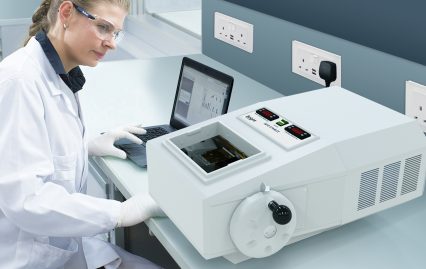8000 Sledge Microtome
The Bright Instruments 8000 retracting base sledge microtome offers the ultimate in versatility combined with strength, accuracy, reliability and safety.
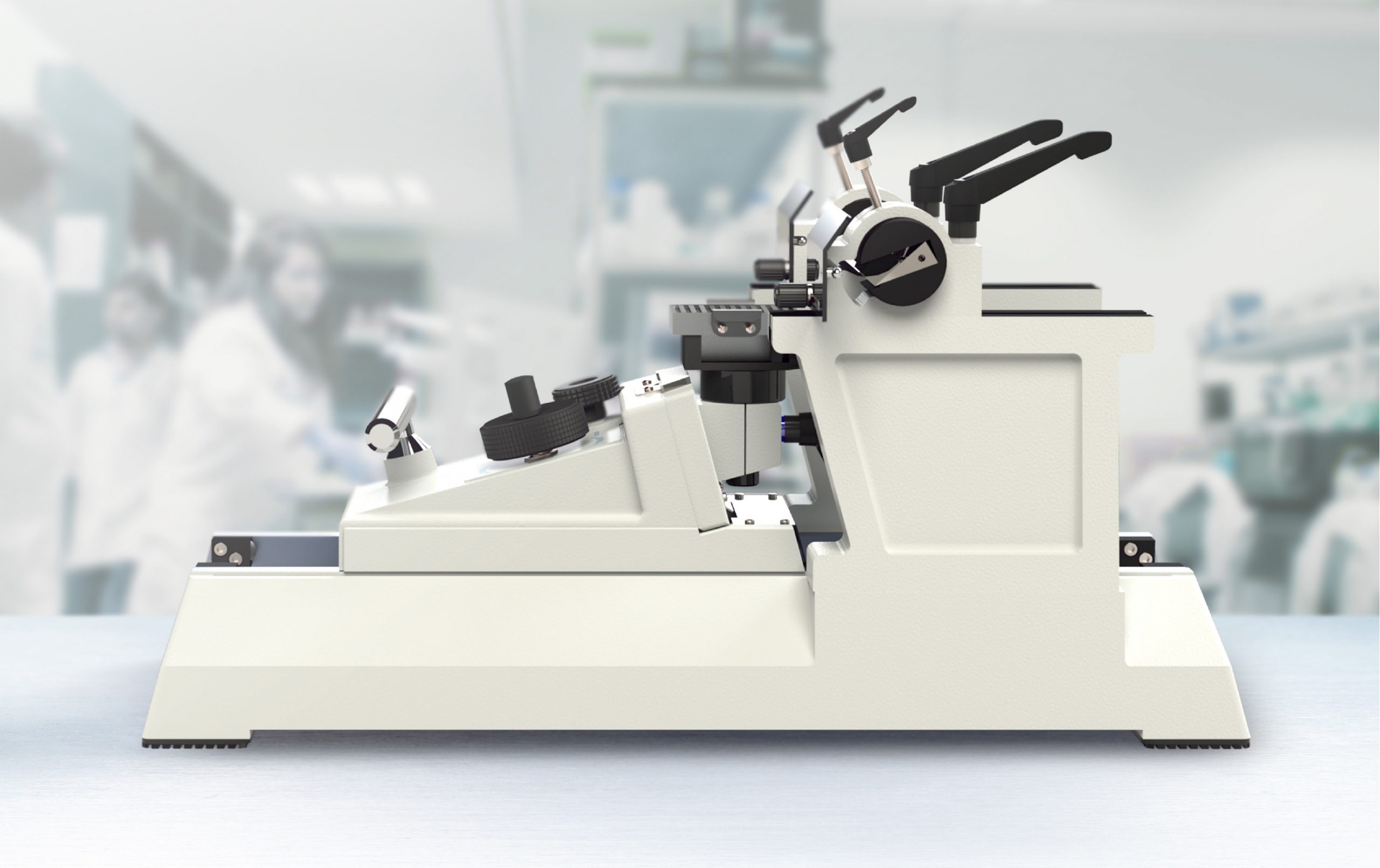
High Quality Sledge Microtome
Designed to fully meet the needs of the routine histology laboratory, the 8000 will also meet the more demanding requirements of the specialised unit where its versatility and wide range of accessories will guarantee that it becomes the first choice of the professional base sledge user.
Key Features
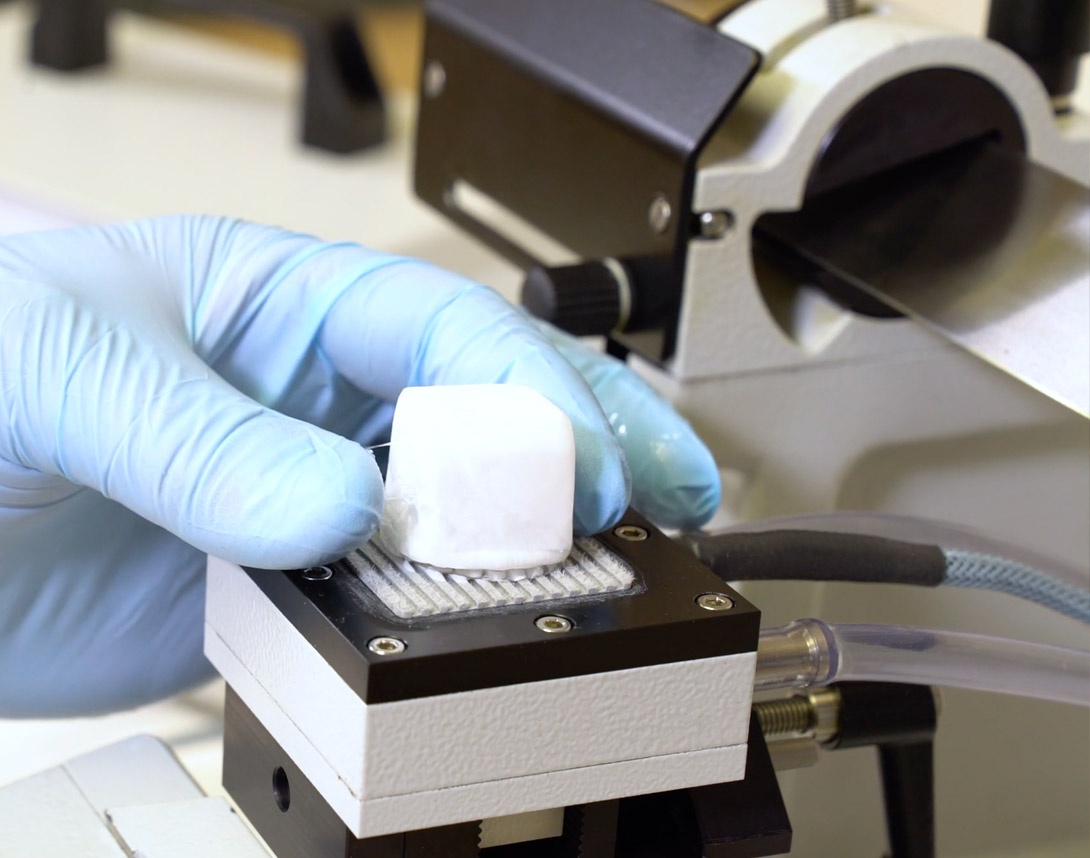
Versatility & Range
The 8000 Sledge Microtome is well suited to cutting a wide range of materials including bone, plastics, resins and wood as well as large area soft tissues. It is the first of its kind to incorporate retraction on the return stroke. This feature helps to avoid possible damage to specimens. The 8000 has a wide range of stages available in a host of sizes.
The Bright Solid State Freezer and the Bright Cryostage can be used in conjunction with the 8000 (see ordering information) when it is necessary to freeze specimens while in a laboratory environment.
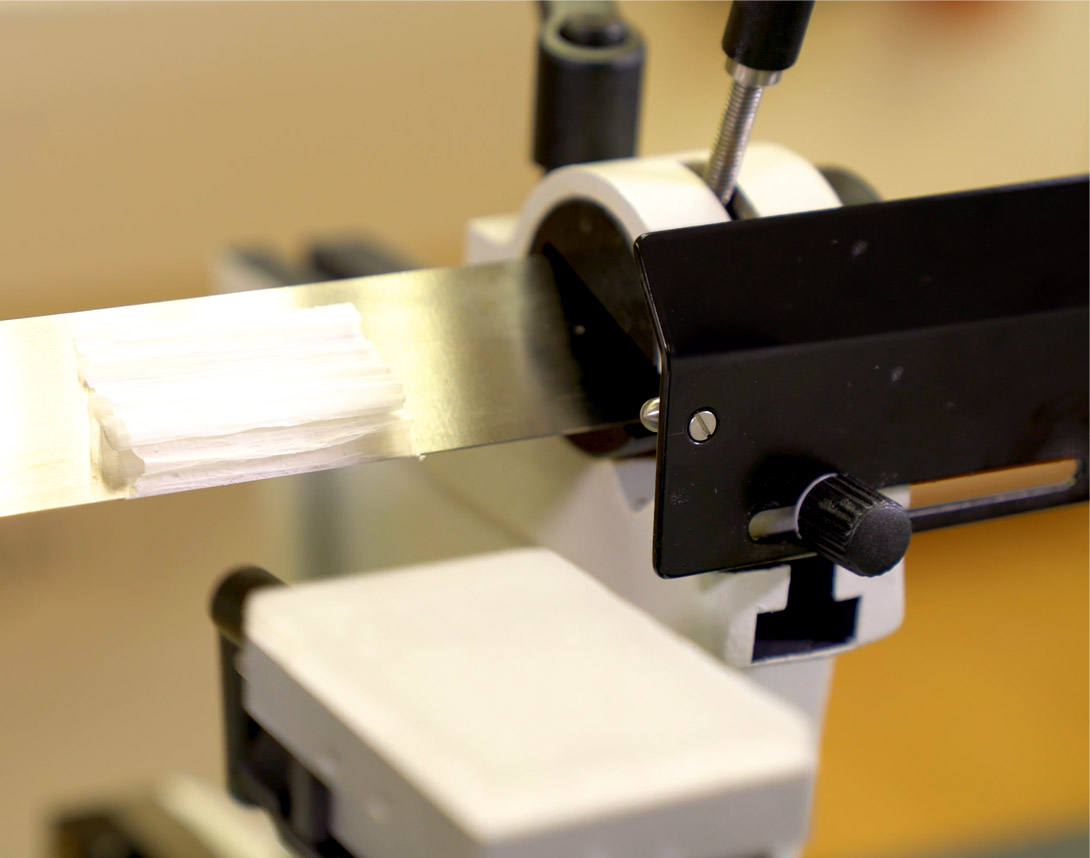
The Microtome
Design of the knife support pillars is such that they may be reversed to provide greater clearance for large blocks. In their normal position blocks up to 110mm wide may be accommodated but when reversed the block width may be increased to 170mm. Substantial knife clamps provide considerable knife rigidity with the dual facility of both angle tilt and slew, and spacers are available to raise the height of the knife. If required, a single side double clamp knife holder is available as an optional extra.Full Details
Specifications 
-
Construction
Cast mechanite, precision machined and finished with durable solvent and detergent proof coating -
Specimen Advance
0 - 40μm in 1μm increments, retraction operates on return stroke. Manual gross advance/ rewind facility -
Cutting Stroke
270mm -
Specimen Orientation
±8º horizontal and vertical (optional) -
Maximum Specimen
Size 250mm x 210mm -
Specimen Holders
Specimen vice or quick release holder for cassettes, super cassettes and hardboard squares. -
Knife Holders
Support arms reversible with slew facility. Angle tilt with indicator scale and full width knife guards. Single side double clamp facility is available as an optional feature -
Safety Features
Handle designed to ensure maximum distance away from knife edge. Knife guards cover full width of knife -
Dimensions
H325 x W260 x D610mm -
Packing
Net weight: 40kg, Gross weight: 50kg, Packing dimensions: H400 x W920 x D550mm, Shipping volume: 0.202m3
Features & Benefits 
- Easy to use base sledge retracting microtome complete with standard vice
- Sturdy cast iron construction
- 60μm retraction on the return stroke prevents possible specimen damage
- Angled and slewable knife holder for greater versatility
- Accepts a range of knives and disposable blades
- A wide range of quick release holders available
- Safety features include knife guards and low positioned operating handle
- Orientation available – using a ±8º tilt adapter
- Range of stages available
- Standard accessories include: – knife cleaning brush, set of four Allen keys, microtome oil, operating manual
Additional Information 
The Microtome
Design of the knife support pillars is such that they may be reversed to provide greater clearance for large blocks. In their normal position blocks up to 110mm wide may be accommodated but when reversed the block width may be increased to 170mm. Substantial knife clamps provide considerable knife rigidity with the dual facility of both angle tilt and slew, and spacers are available to raise the height of the knife. If required, a single side double clamp knife holder is available as an optional extra.
Full width knife guards are supplied providing increased protection to the operator over the entire knife length – not just at its ends. Cast in mechanite and precision machined, the base is finished with a durable solvent and detergent resistant coating. The sledge is inserted with PTFE to provide an extremely low friction contact. Specimen advance and retraction is achieved by the simple action of pushing and pulling the sledge forward and back using the operating handle. Such is the unique design of the handle the mere action of pushing and pulling automatically advances and retracts the specimen. The degree of advance can be set in the range
0-40μm in 1μm increments.

